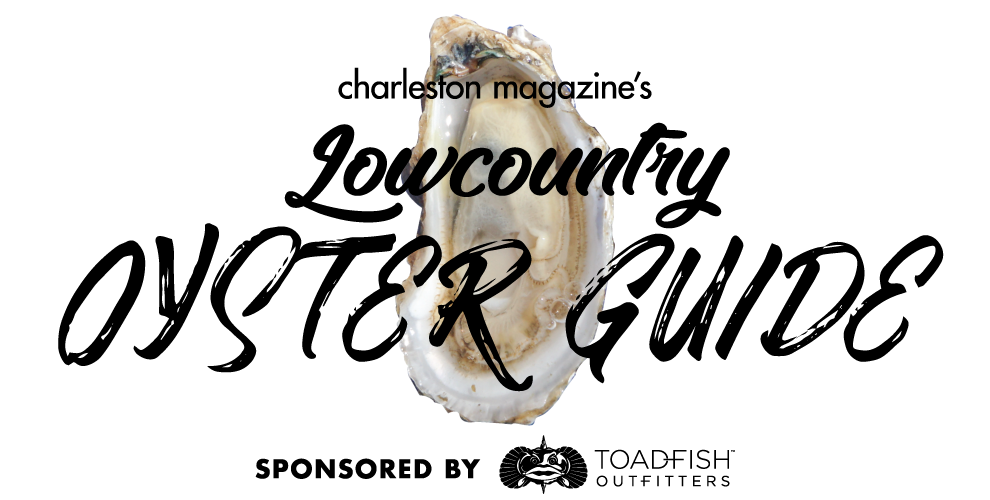
Written by Allston McCrady
Charleston owes a love letter to the Lowcountry oyster (Crassostrea virginica). We have savored its delicate meat for centuries, praising the mildly sweet, creamy, intensely briny flavor. We have vehemently defended its virtues when contrasted with the plumper, more watery cousins from Apalachicola or sweeter, more toothsome relatives in Maine. We have relied on it to perform its age-old duties of filtering our waterways and protecting our banks from erosion. We have burnt its shells to fertilize our fields and crushed them to build early tabby walls and pave 19th-century grand avenues.
We also owe the oyster an apology. At times, we have over-harvested its banks in a manner amounting to clear cutting. Encroaching development creates runoff that, after a good rain, can put the majority of the local industry on a DHEC-induced hold for up to 10 weeks. And we as a community have not been as participatory as we need to be in recycling shells to help regrow beds that we have depleted. We have, in short, taken Lowcountry oysters for granted as a seemingly endless natural resource, ripe for the shucking.
The truth is, our oysters need us now as much as we have ever needed them. Luckily, where there is love, there is hope. A wave of sustainable harvesters are taking the lead in establishing a more healthy relationship with our precious bivalve. Veteran waterman “Clammer Dave” Belanger hand-“sculpts” long and fluted oysters culled from wild clusters and “finishes” them in a protected bay behind a barrier island. Conscientious hand-harvesters like Cyrus Buffum of Seaborn Oyster Co. and Jeff Spahr of Charleston Oyster Company cultivate great swaths of oyster beds along intracoastal waterways to produce wild singles, while leaving behind youngsters to grow for the future and re-shelling banks to attract new life. Environmentally sensitive farming techniques have drawn young, enthusiastic entrepreneurs like Barrier Island Oyster Co. and Charleston Oyster Farm to get in the game. And perhaps most radical of all, a former Marine named Frank Roberts of Lady’s Island Oyster has developed a line of deepcupped, fast-growing, disease-resistant beefy beauties that can feed our evergrowing Lowcountry oyster appetite year-round while giving wild oysters a break. No longer will we need to consult the age-old “months with an R” rule to enjoy our favorite briny mollusks.
Boutique local “selects” are popping up in Charleston restaurants like fiddler crabs on a receding tide, as are new raw bars to showcase them. Rowan Jacobsen, author of The Essential Oyster: A Salty Appreciation of Taste and Temptation, once referred to the Southeast as “the sleeping giant of the oyster world,” but changed his tune in 2016 when he announced on NPR, “the giant isn’t sleeping anymore.” Pucker up, Charlestonians. The world truly is our oyster.